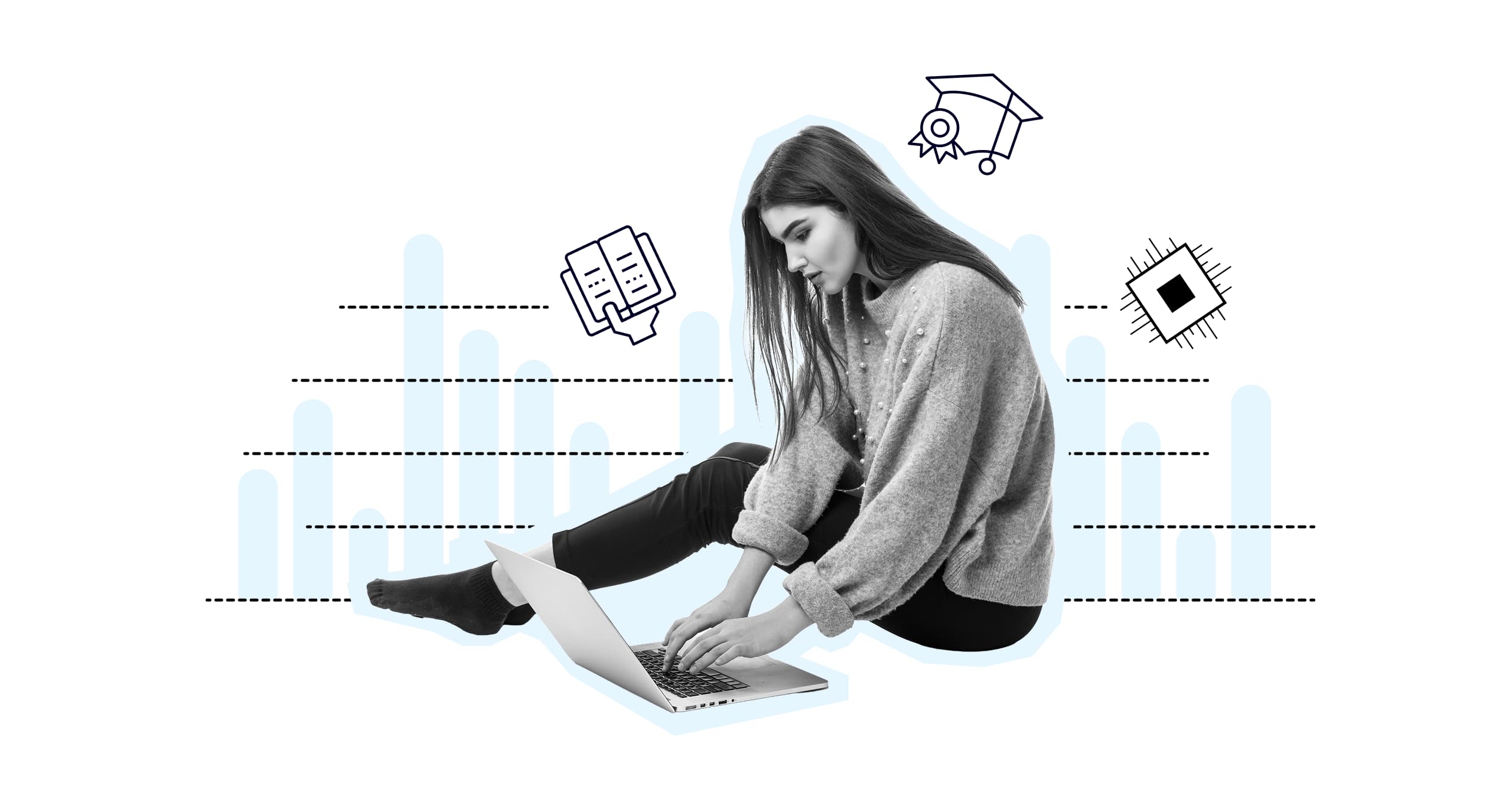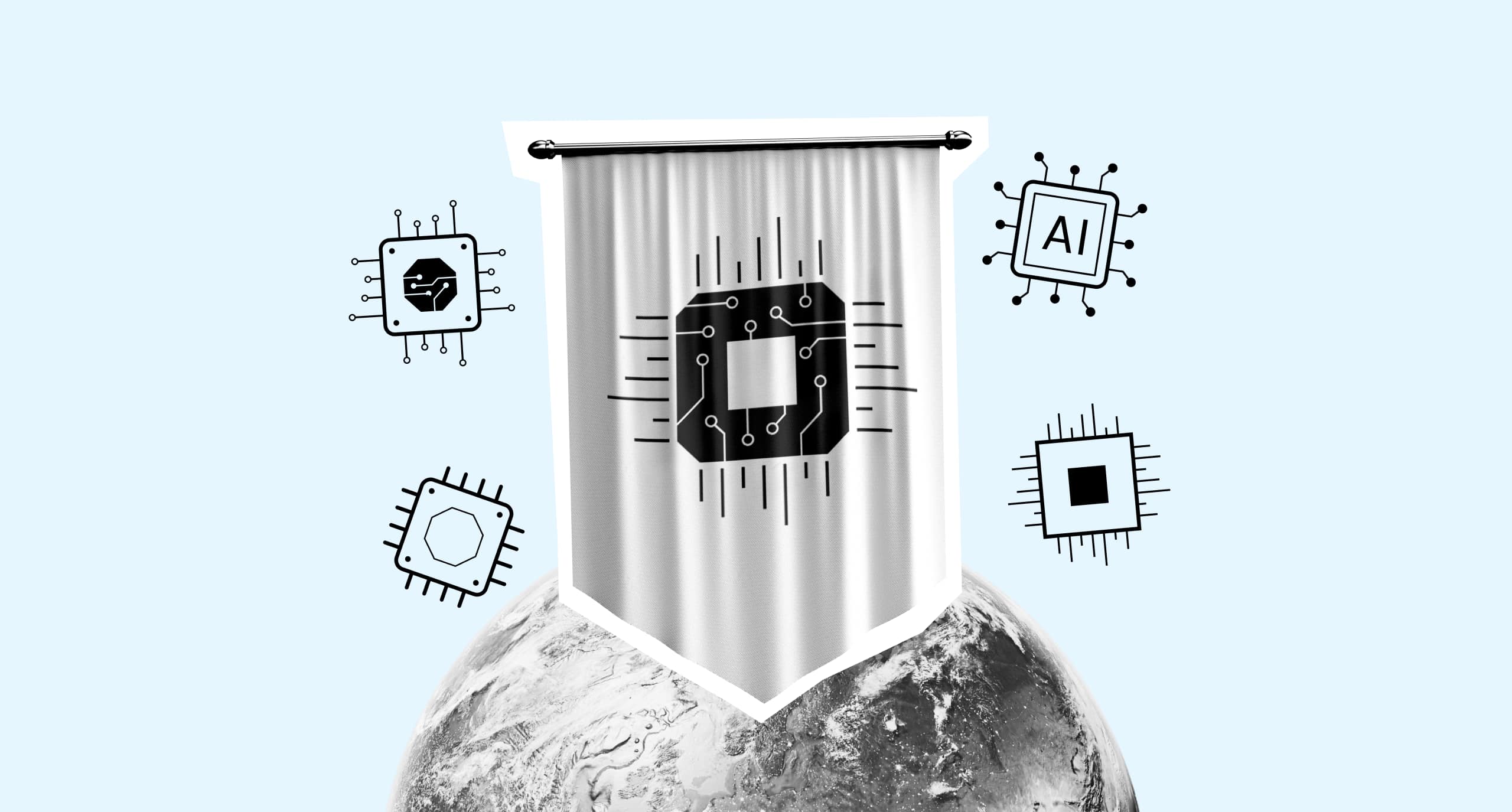It’s no secret that building is one of the biggest polluters—it’s responsible for over half of the world’s emissions. Now, as we look for smarter, greener ways to build, one technology is stepping into the spotlight: 3D printing.
What began as a fun way to make small objects has evolved into a tool for sustainable architecture. It reduces waste, speeds up construction and unlocks new design possibilities. But it’s not without its drawbacks.
Let’s find out more.
How does 3D printing contribute to sustainable architecture?
The continued advancement of 3D printing has enabled the technology to handle large-scale projects. It can do so by using a wide range of materials beyond plastic, such as metal and glass. As a result, it’s becoming increasingly valuable in sustainable architecture.
There are several reasons why 3D printing is a compelling alternative to traditional construction. It optimizes material use and significantly reduces waste during manufacturing. It also cuts production time and costs by an estimated 25% to 35%.
After all, the process requires only a compact facility to store materials and consumes a fraction of the energy used in conventional supply chains.

Unfortunately, new builds made with 3D printing are more expensive. But that will change with time due to greater efficiency and scale. Going green also brings key advantages for homeowners: higher property values, lower long-term utility bills and greater resilience in extreme weather and natural disasters.
These are all possibilities. But, to answer the question, is 3D printing environmentally friendly? Only with the right materials, and we’ve got some way to go. Current processes rely on cement, which is responsible for 8% of global CO2 emissions, so while there’s plenty of potential, we’re not currently seeing the benefits. It’s a shame, because there are plenty of more sustainable materials out there. We just have to make them more commonplace.
What materials are used in 3D printing for sustainable construction?
Since the chemical process that produces cement releases CO2, it’s time to look further afield. Here are a few more sustianable materials that offer structural integrity, durability and quality.
1. Polymer composite
Polymer composite can be used in 3D printing as a strong, lightweight and durable alternative to concrete. Easily stored in liquid form, it supports compact, efficient production. Its superior insulation also reduces a building’s emissions over time, making it ideal for sustainable architecture.
2. Geopolymer concrete
This material is made with alkali-activated materials like fly ash or slag, making it a sustainable alternative to traditional concrete. It has a lower carbon footprint, excellent fire resistance and is well-suited for environmentally friendly 3D-printed construction.
3. Fiber-reinforced concrete
This material includes steel or synthetic fibers to boost strength and crack resistance. That in turn enhances tensile strength and ductility, making it ideal for structural elements in 3D-printed buildings. Its added durability improves resilience against cracking and damage.
4. Advanced additives and admixtures
Advanced additives and admixtures can be used to improve the performance of 3D printable concrete by adjusting flow, setting time and bonding. This enhances workability, reduces water content and optimizes curing, ensuring consistent quality and printability in construction.
How does 3D printing with these materials reduce waste in construction?
In essence, 3D concrete construction opens the door to using recycled and low-carbon materials, and investing in these innovations helps create a more circular, eco-friendly building process.
3D printing is far more efficient since it only places concrete exactly where it’s needed. Traditional methods, on the other hand, rely on on-site cutting and often generate excess. According to Delft University of Technology, this can reduce waste by up to 90%. That translates to lower costs and a smaller environmental footprint—especially since material waste typically makes up 3% to 8% of residential construction expenses.
Of course, material choice depends on the project’s needs. Environmental impact, structural demands and local availability all factor in. And it’s still only 2025—3D construction will keep evolving, with better materials and smarter processes as research progresses.
What are examples of 3D printing in sustainable building projects?
Several 3D printing sustainable building projects are already underway across the world. Here are three that offer innovative solutions to today’s challenges.
1. Lunar construction machine
Lunar construction is gaining relevance as space exploration and tourism grow. In April 2025, researchers at China’s Deep Space Exploration Laboratory (DSEL) unveiled a working prototype of a “lunar soil brick-making machine”.
The project aims to build infrastructure directly on the Moon. By focusing solar energy to melt lunar soil (regolith), the machine forms bricks for construction—without relying on Earth-supplied materials. It uses a solar-powered 3D printing process that requires no water or chemical binders. This breakthrough could pave the way for sustainable lunar habitats and energy systems.
2. Starbucks in Brownsville, Texas
In April, Starbucks opened its first 3D-printed store in Brownsville, Texas. Built as a compact drive-thru and walk-up spot with no indoor seating, it shows how additive construction can speed things up and cut down on waste.
The project ties into Starbucks’ sustainability goals—but the design got mixed reviews for playing it too safe. Future builds will likely lean harder into creativity, pairing tech innovation with more inspired aesthetics.
3. Sustainable mobile home
Additive construction is breaking into mobile homes with the DISCOVER 3D, built by Ukrainian-German startup LEMKI Robotix and iScale3D. Made from recycled plastic and fiberglass, it weighs just 250 kg and is 80% recyclable—showing how mobility and sustainability can go hand in hand.
What challenges does 3D printing face in sustainable architecture?
There are still plenty of challenges to align additive construction with sustainable architecture. For one, catching regulations up with current practices. Outdated building codes and permits make it hard for new materials and techniques to get approved. For 3D printing to really take off, policymakers, startups and industry leaders need to work together and rethink the rulebook.
Materials are another sticking point. As we’ve mentioned, 3D printing in architecture still leans heavily on cement, a major CO₂ culprit. We’ve named some promising alternatives—like geopolymers, ceramics, and recycled composites—but they’re often expensive or energy-hungry.
Moving forward means cracking the code on greener, scalable materials that work within a circular system. Until then, we won’t have eco-friendly 3D printing.

So, even with less waste and precise builds, 3D printing isn’t automatically sustainable. It still uses energy, water and raw materials, and recycling options aren’t always clear. To make it truly green, the whole lifecycle needs a rethink—from what goes into the printer to what happens when a building comes down. The tech’s there, but the follow-through matters.
Learn more about 3d printing and sustainability
If you’re interested in sustainability and creativity, our Master in Architecture is for you. We combine professional licensure with hands-on training in the latest technologies and design strategies, guided by experts like Ben van Berkel and David Goodman. This program prepares you to lead in Spain, the EU and beyond, with a strong entrepreneurial and sustainable approach.
We’ll connect you to a global network and give you real-world experience in advanced labs and the UNStudio Amsterdam studio. If you’re ready to grow as a creative, sustainable architect and take your career to the next level, we’re here to help. Apply now and start your journey with us.
Understand the potential of 3D printing with IE School of Architecture & Design
Study innovative design thinking with the Master in Architecture.

Benjamin is the editor of Uncover IE. His writing is featured in the LAMDA Verse and Prose Anthology Vol. 19, The Primer and Moonflake Press. Benjamin provided translation for “FalseStuff: La Muerte de las Musas”, winner of Best Theatre Show at the Max Awards 2024.
Benjamin was shortlisted for the Bristol Old Vic Open Sessions 2016 and the Alpine Fellowship Writing Prize 2023.






